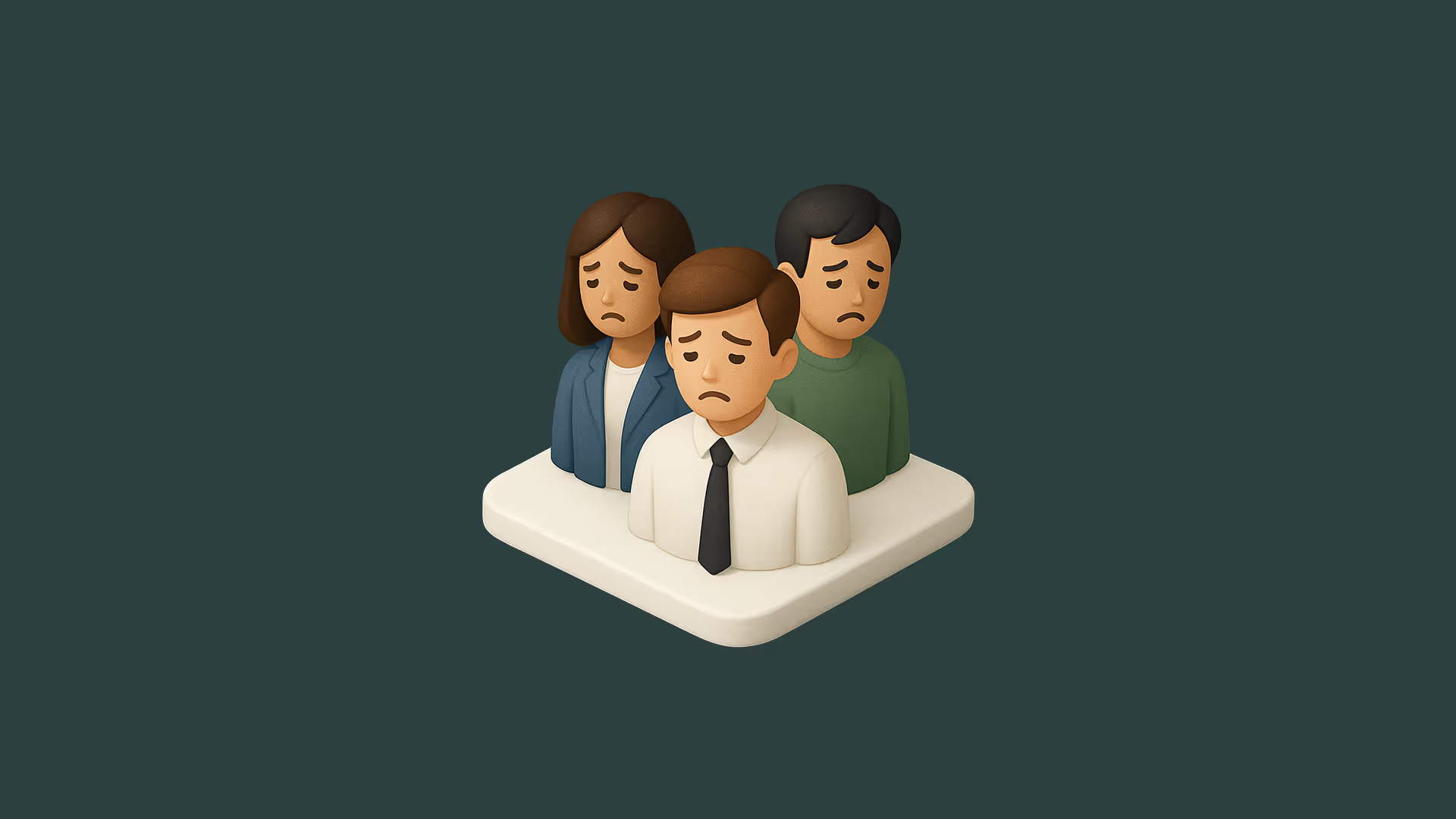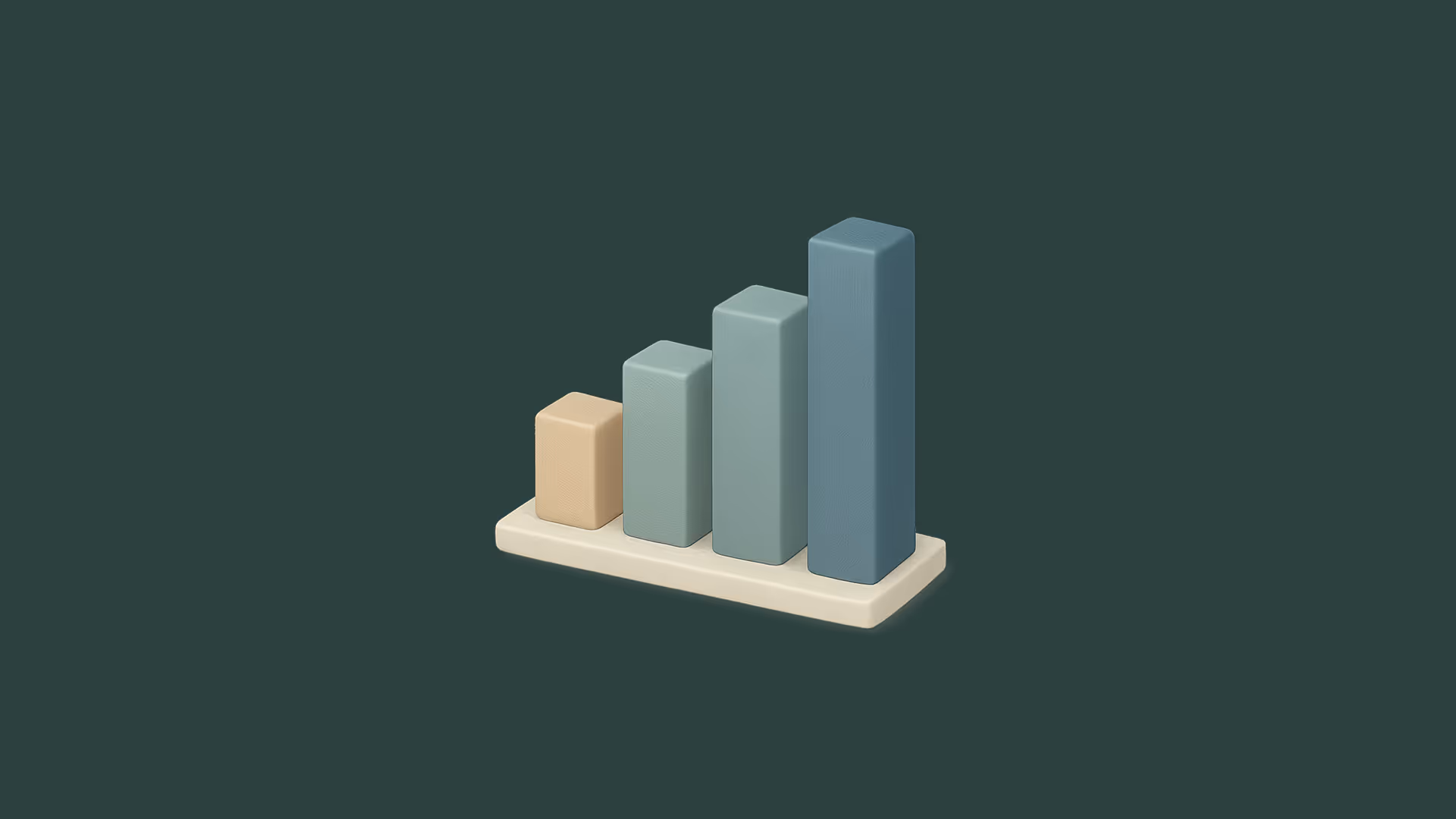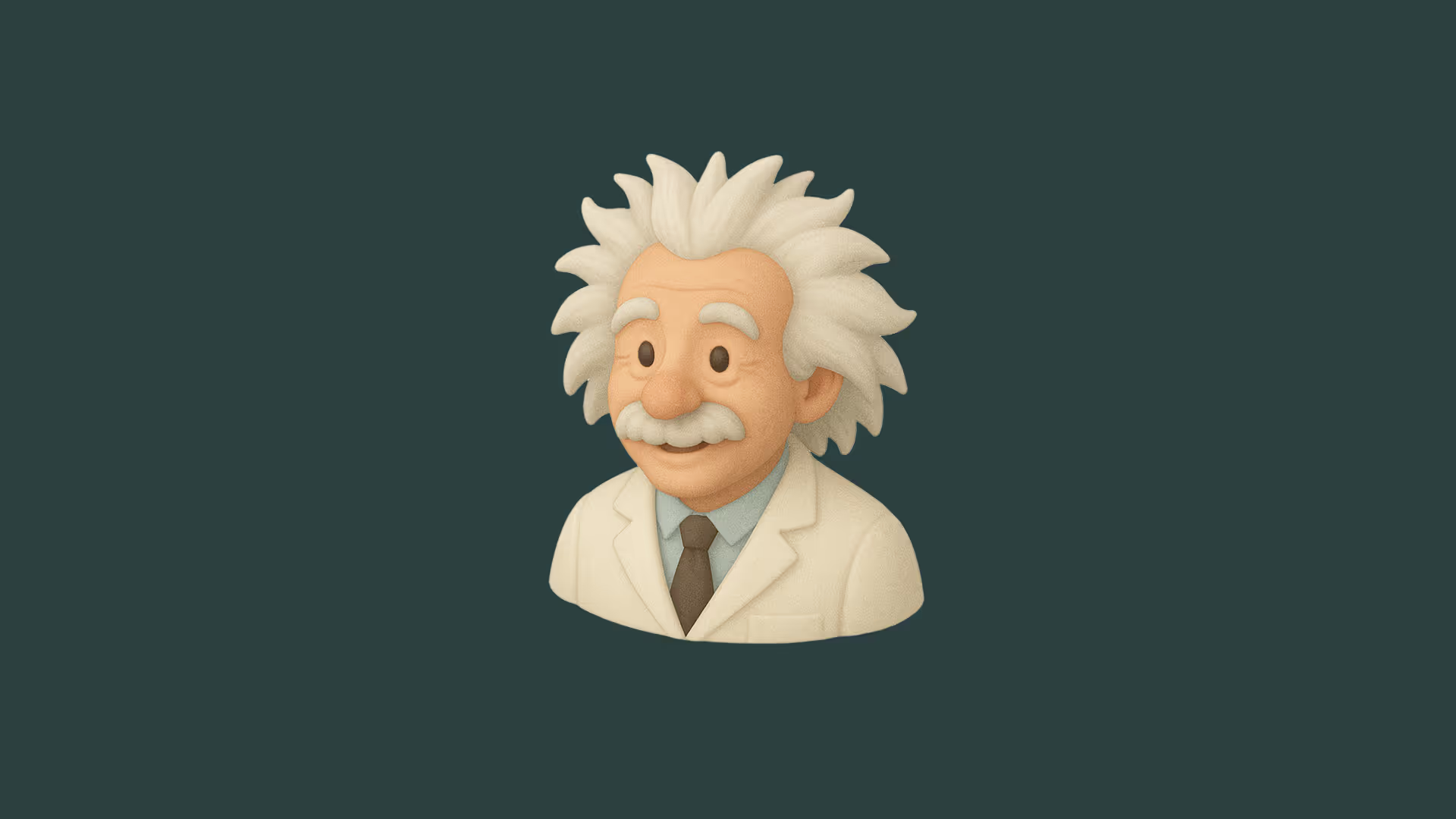Technostress and Freelance UX: How Habits Shape Creative Freedom

Technostress and Freelance Life: Why Boundaries and Habits Matter
Being a freelance UX designer today can feel like navigating two extremes at once. On one side, there’s creative freedom, remote flexibility, and the chance to shape your own path. On the other, a constant hum of incoming notifications, the pressure to stay relevant, and a workday that never seems to end.
If you’re working with no-code design tools like Webflow or juggling multiple clients across time zones, you’ve probably felt this tension. The tools are powerful, but the mental load can be just as real.
In my research with experienced freelance designers, I looked at how digital demands affect well-being and performance. The results were clear: stress isn’t just about workload. It’s about how we handle the invisible weight of constant connectivity, tool fatigue, and digital fragmentation.
Technostress doesn’t start with technology. It starts with how we react to it.
Three patterns kept showing up.
The first was the pressure to always be reachable. Designers talked about clients who expect instant replies across channels. Slack, WhatsApp, email, even Instagram DMs. Some mentioned the emotional drain of context switching and constant low-level alertness. They weren’t afraid of the messages. They were exhausted by the fact that they never seemed to stop.
The second theme was information overload. Many work on several UX for startups or larger brands in parallel. Add a few clients who think every small task is urgent, and your day becomes a blur. Everyone said the same thing in different words: they struggled more with prioritizing than with producing.
It’s not the number of tools that wears you down. It’s the absence of clarity.
The third stressor was tool anxiety. New platforms, shifting workflows, constant feature updates—especially in areas like no-code development and Webflow for designers. A few described a recurring fear: that they’d miss a shift in the industry, or fall behind without even noticing.
The difference wasn’t in who felt stress. It was in how they coped.
The most resilient freelancers had one thing in common: habits.
They built their own systems. Some blocked off mornings for focused work and avoided all meetings before lunch. Others filtered all communication into one central inbox. A few had trained their clients not to expect weekend replies, and they stuck to that no matter what.
Discipline doesn’t kill creativity. It protects it.
What worked for one person didn’t always work for another. But every designer who had figured out their own rules reported less stress, better focus, and more enjoyment in their work.
There was also something else that stood out. Despite all the challenges, most of the designers I interviewed were optimistic about the future. They didn’t fear automation. They expected it to clear space for better conversations, smarter workflows, and a shift toward human-centered design. Many saw promise in no-code tools and platforms that make things like Webflow interactions easier to implement without handing off to developers.
They didn’t deny the friction of digital work. But they believed that the better we get at managing ourselves, the more digital freedom becomes a tool and not a trap.
Freelancers don’t need fewer tools. They need better habits.
So what does this mean for you?
If you’re a Webflow developer or freelance UX designer juggling multiple projects, trying to keep up with evolving UX design trends, and feeling like your to-do list grows faster than your output, you’re not alone. But the stress you feel isn’t inevitable. It’s a signal.
You don’t need a full productivity system. You just need to define your own non-negotiables. Maybe that’s checking messages twice a day instead of ten times. Or picking one day a week with zero calls. Or having one single place where all incoming tasks get sorted, no matter how they reach you.
You design for others every day. Don’t forget to design your work life, too.


